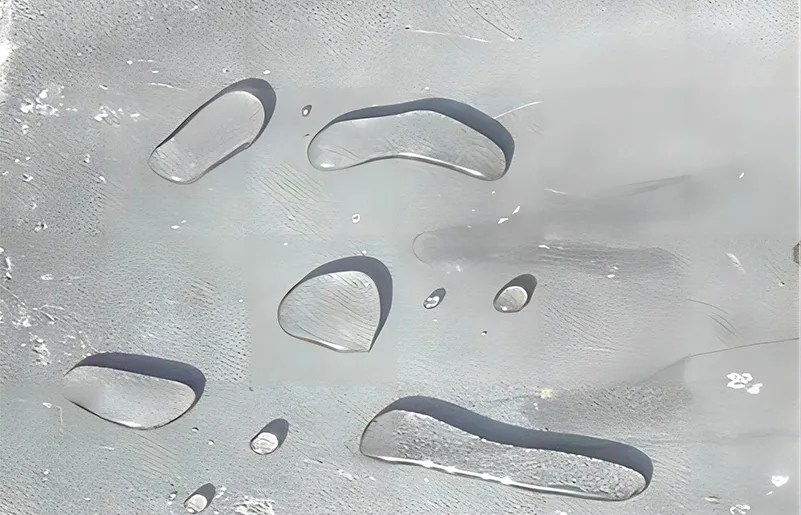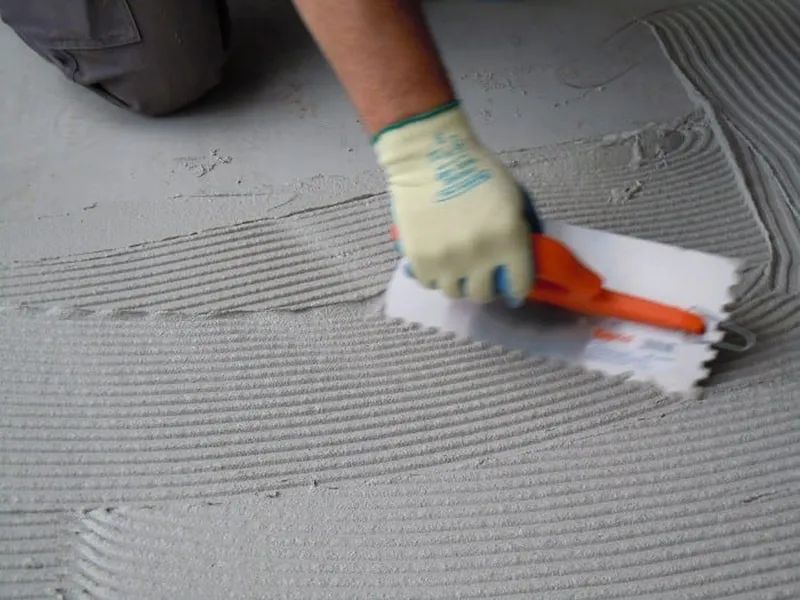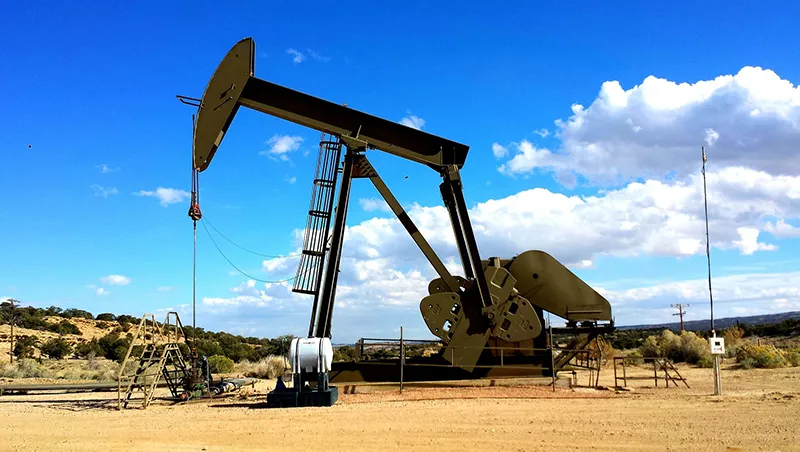
I. What Role Does Cellulose Ether Play in Drilling Fluids?
Cellulose ethers such as PAC (Polyanionic Cellulose), CMC (Carboxymethyl Cellulose), and HEC (Hydroxyethyl Cellulose) are multifunctional polymers widely used in drilling fluids for the following purposes:
Rheology control – maintain stable viscosity and gel strength to efficiently transport cuttings.
Fluid-loss reduction – form a thin, low-permeability filter cake to protect the formation and reduce filtrate invasion.
Salt and temperature resistance – ensure stable performance under high salinity, high calcium/magnesium content, and HPHT conditions.
Technical Insight: PAC and CMC are anionic polymers, whose carboxyl groups carry a negative charge, interacting with clay particles to improve wellbore stability. HEC is non-ionic, relying on hydrogen bonding via hydroxyethyl groups to maintain hydration in high-divalent-ion environments.
II.PAC / CMC in Monovalent Salt Systems (NaCl, KCl)
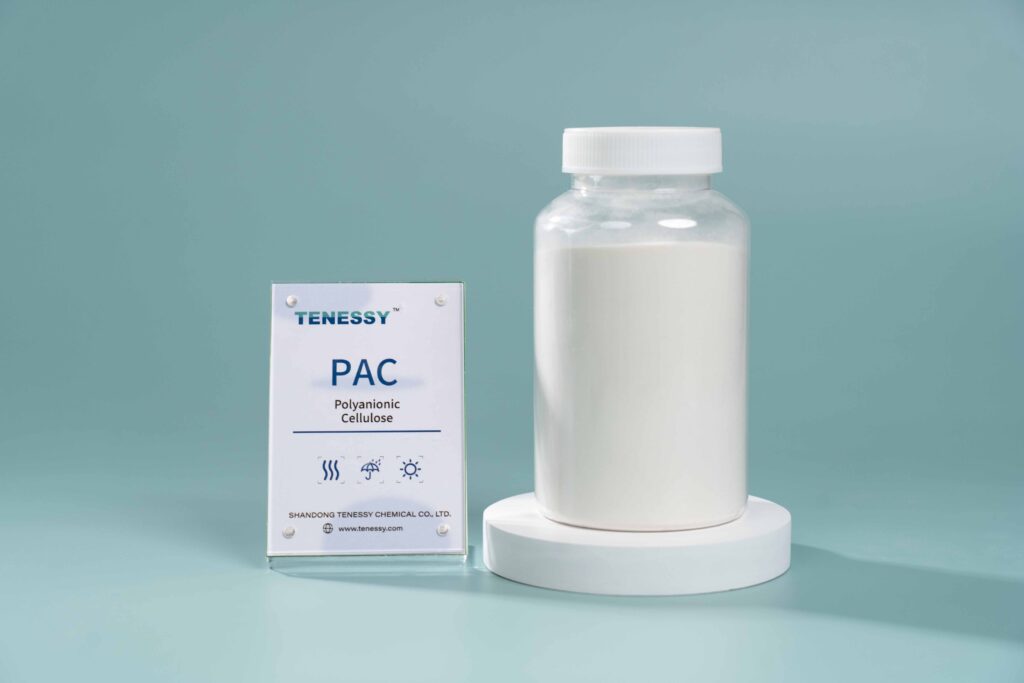
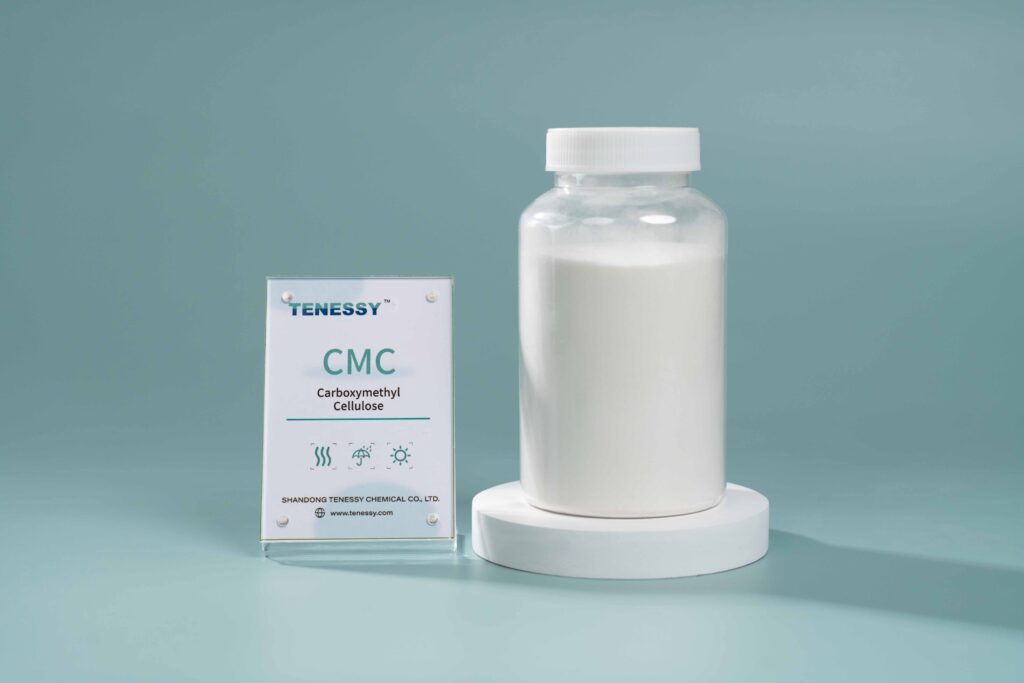
In drilling fluids containing monovalent salts such as sodium chloride or potassium chloride, PAC and CMC are the preferred polymers.
Viscosity Enhancement & Cuttings Transport
PAC/CMC dissolve in brines, forming a hydrated polymer network that increases fluid viscosity and ensures efficient lifting of rock cuttings.
Fluid-Loss Control & Filter Cake Formation
The polymers adsorb onto the wellbore wall, creating a thin, dense filter cake that minimizes filtrate invasion and protects the formation.
Shale Inhibition & Borehole Stability
The negative charge on PAC/CMC interacts with clay particles in shale formations, preventing swelling and reducing the risk of borehole collapse.
Technical Insight: In NaCl/KCl brines, Na⁺ or K⁺ ions weakly shield the carboxyl groups, allowing PAC/CMC chains to remain extended. This maximizes hydration, viscosity, and filtration control.
Result: In NaCl/KCl brines, PAC/CMC provide reliable viscosity, fluid-loss control, and wellbore stability in conventional drilling operations.
III.HEC in Divalent Salt Systems (CaCl₂, MgCl₂)
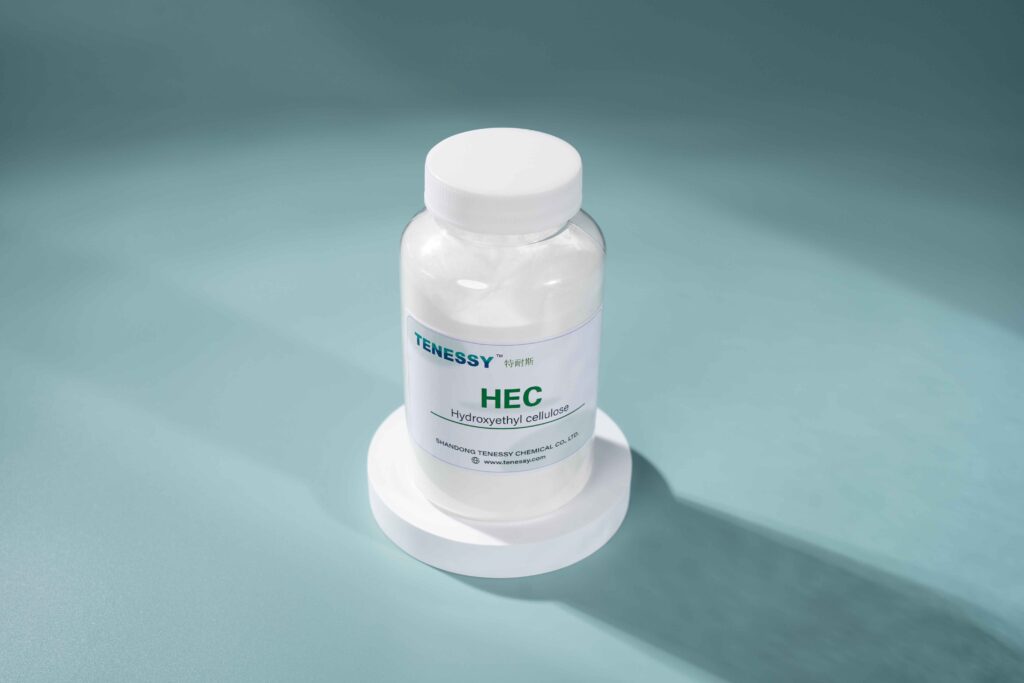
In divalent salt brines, PAC/CMC lose much of their efficiency due to interactions with Ca²⁺/Mg²⁺ ions. HEC is the most reliable polymer under these conditions.
Salt-Tolerant Viscosity Builder
HEC is a non-ionic polymer. Its hydroxyethyl groups hydrate and form hydrogen bonds with water molecules, maintaining viscosity even in high-Ca²⁺ or Mg²⁺ brines.
Stable Fluid-Loss Reduction
HEC forms a stable colloidal dispersion that builds a tight filter cake on the wellbore wall, minimizing filtrate invasion even in high divalent ion concentration.
Thermal & Brine Stability
HEC performs reliably in high-temperature wells, making it ideal for deep wells and HPHT operations.
Technical Insight: Because HEC has no ionic carboxyl groups, Ca²⁺ and Mg²⁺ cannot precipitate or collapse the polymer network. Its hydrogen-bonding hydration ensures long-term viscosity stability under extreme conditions.
Result: In CaCl₂/MgCl₂ brines, HEC ensures consistent viscosity, fluid-loss control, and wellbore stability under harsh conditions.
IV.Application Summary
Salt System | Recommended Cellulose | Main Functions in Oilfield Application |
Monovalent salts (NaCl, KCl) | PAC / CMC | Viscosity enhancement, cuttings transport, fluid-loss control, shale inhibition |
Divalent salts (CaCl₂, MgCl₂) | HEC | Salt-tolerant viscosity, fluid-loss reduction, stability in HPHT wells |
V.Conclusion
The efficiency of drilling fluids depends not only on the choice of additives but also on how they perform under actual downhole conditions.
PAC/CMC are ideal for NaCl/KCl-based drilling fluids, providing cost-effective viscosity control, fluid-loss reduction, and shale stabilization.
HEC is the proven solution for CaCl₂/MgCl₂ brines, delivering salt-tolerant viscosity, effective fluid-loss control, and thermal stability.
By understanding the distinct roles of PAC, CMC, and HEC, drilling engineers can design more efficient fluids, minimize risks, and improve oilfield productivity.
Partner with us to optimize your drilling fluids with high-performance cellulose ethers, ensuring reliable performance across all salt systems and challenging oilfield environments.




